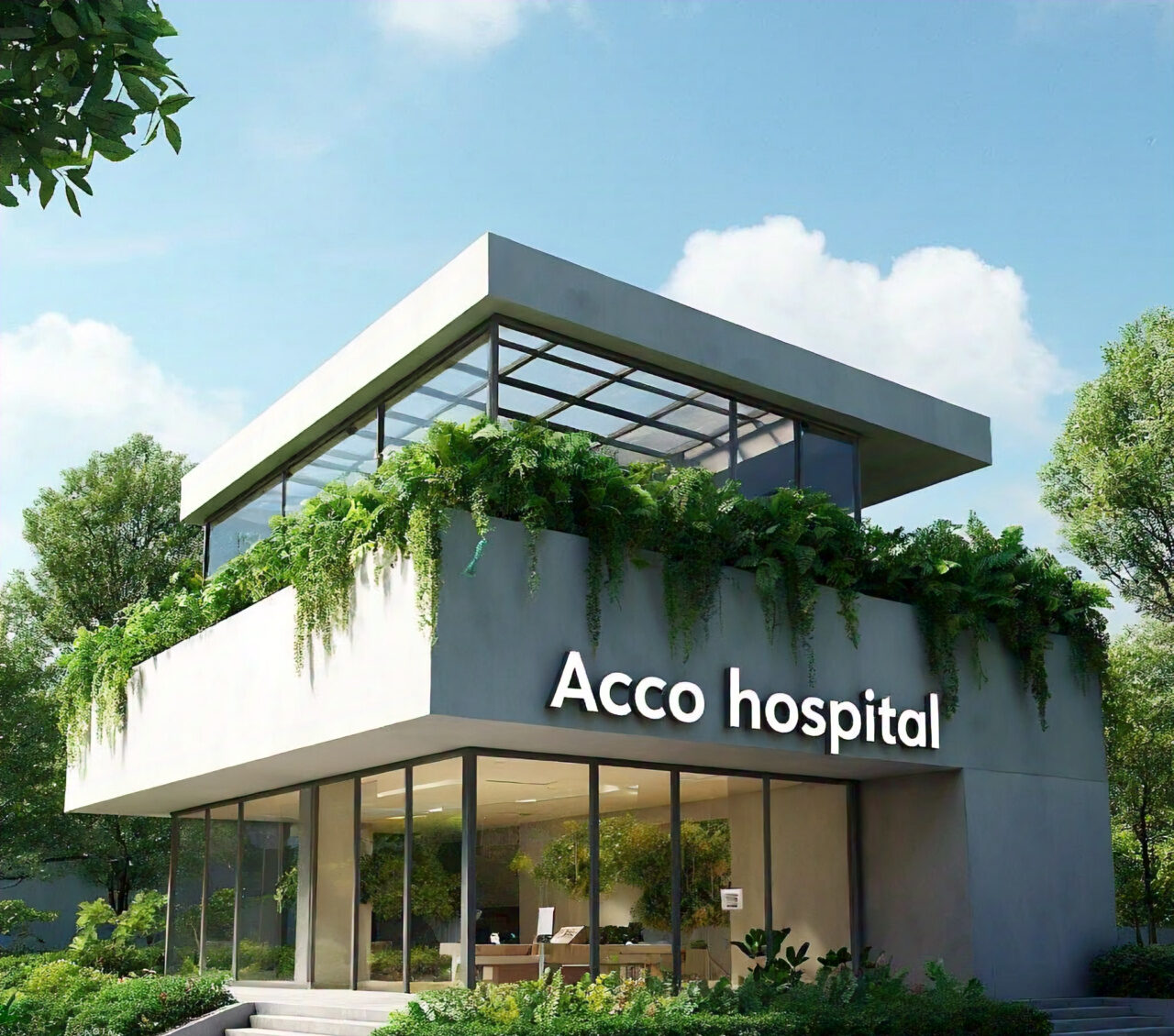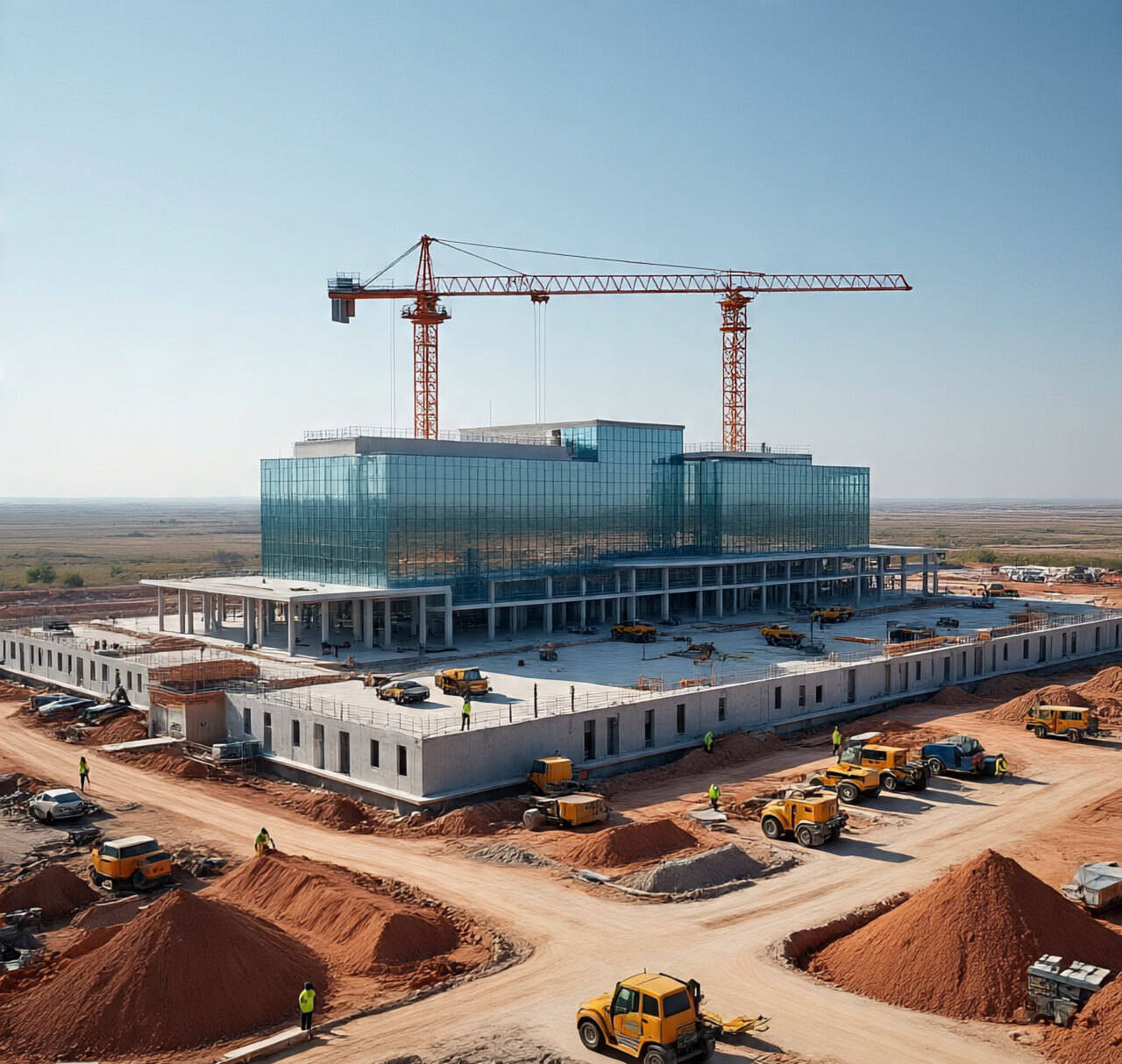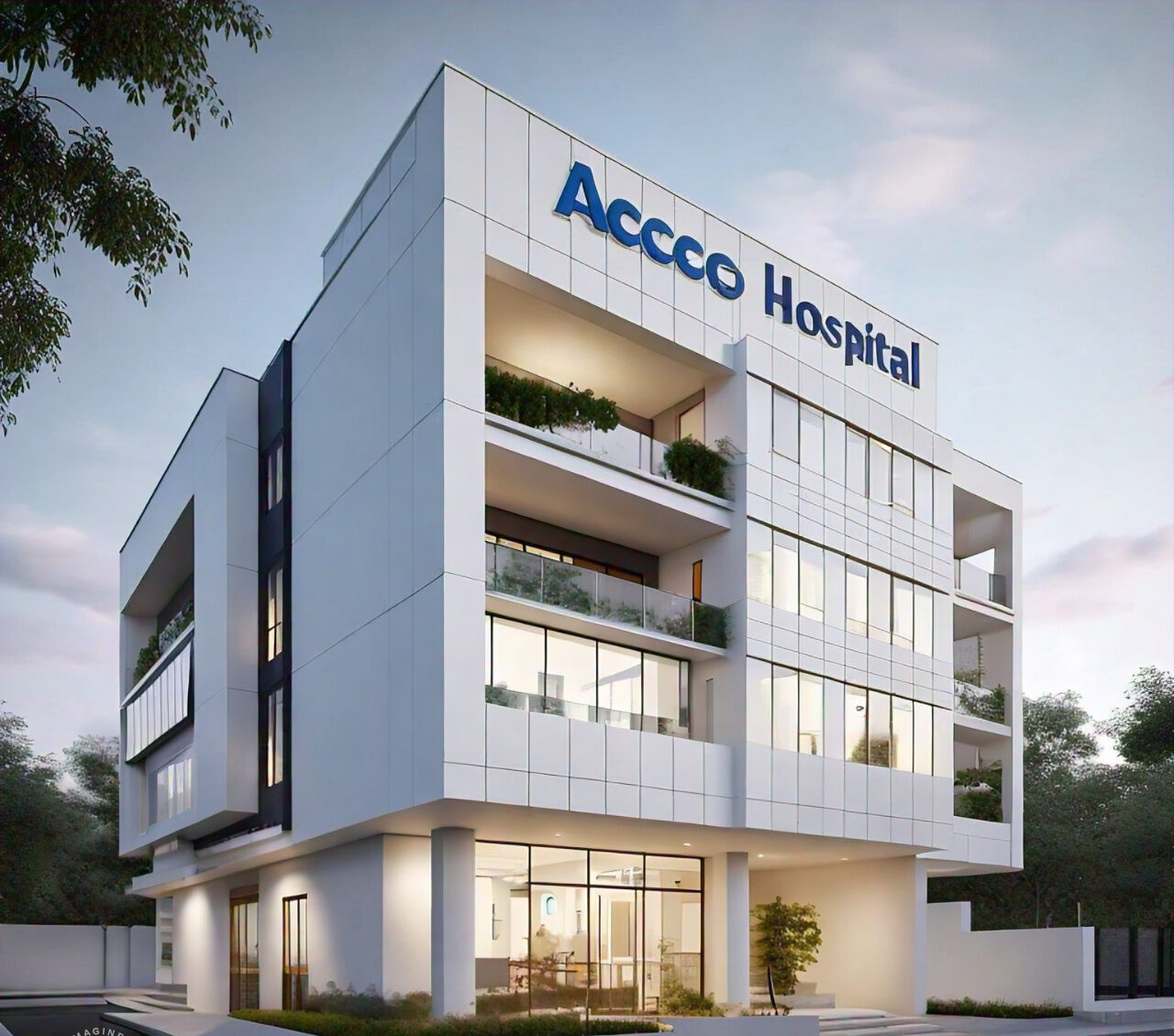
HOSPITAL DESIGN HUB Revolutionizing Healthcare: Next-Generation Hospital Design Trends in Pakistan
HOSPITAL DESIGN HUB is at the forefront of transforming Pakistan’s healthcare infrastructure with cutting-edge hospital design trends. Here’s a comprehensive overview of how next-generation hospital designs are revolutionizing healthcare in Pakistan:
1. Modular and Prefabricated Construction
- Speed of Deployment: Modular construction allows for the rapid assembly of hospital facilities. Prefabricated components are produced off-site and assembled on-site, significantly reducing construction time and meeting urgent healthcare needs quickly.
- Scalability: Modular designs offer flexibility for expansion and reconfiguration, enabling hospitals to adapt to changing healthcare demands and emerging technologies.
2. Integration of Smart Technologies
- IoT and Automation: The integration of Internet of Things (IoT) devices enables real-time monitoring and management of hospital systems such as lighting, climate control, and security. Automation of these systems improves operational efficiency and energy management.
- Advanced Building Management Systems (BMS): These systems optimize various building functions, including HVAC, lighting, and energy usage, contributing to cost savings and improved facility management.
3. Sustainability and Eco-Friendly Practices
- Green Building Materials: Use of sustainable, low-impact materials reduces the environmental footprint of hospital construction. Recycled materials and non-toxic finishes contribute to a healthier indoor environment.
- Energy Efficiency: Incorporation of energy-efficient technologies, such as solar panels, high-performance HVAC systems, and LED lighting, helps lower energy consumption and operational costs.
- Water Conservation: Adoption of water-saving fixtures and systems supports efficient water use and minimizes waste.
4. Enhanced Infection Control
- Antimicrobial Surfaces: Selection of materials with antimicrobial properties reduces the risk of hospital-acquired infections, ensuring a safer environment for patients and staff.
- Advanced Air Filtration Systems: High-performance HVAC systems with advanced filtration improve air quality and reduce the spread of airborne contaminants.
5. Patient-Centric Design
- Healing Environments: Modern hospital designs prioritize patient comfort and well-being with features such as natural lighting, quiet zones, and ergonomic furnishings. These elements contribute to a more positive healing environment.
- Accessibility: Facilities are designed to be accessible to all patients, including those with disabilities, ensuring ease of navigation and inclusion.
6. Flexible and Adaptable Spaces
- Reconfigurable Layouts: Hospitals are designed with flexible layouts that can be easily reconfigured to meet changing medical needs and incorporate new technologies.
- Multi-Functional Areas: Spaces that can serve multiple purposes enhance the versatility of the facility, allowing for adjustments in response to evolving healthcare requirements.
7. Technological Integration
- Telemedicine Capabilities: Design includes infrastructure for telemedicine, enabling remote consultations and ongoing patient monitoring, which enhances access to care and continuity.
- Digital Health Solutions: Integration of electronic health records (EHRs) and other digital tools streamlines patient data management and improves care coordination.
8. Resilience and Emergency Preparedness
- Disaster-Resilient Design: Hospitals are constructed with robust structural supports and backup systems to ensure resilience during natural disasters and emergencies, maintaining continuity of care.
- Emergency Facilities: Design includes dedicated spaces and systems for emergency response, ensuring readiness during crises.
9. Data-Driven Operations
- Smart Analytics: Use of data analytics to optimize hospital operations, patient care, and resource management improves decision-making and operational efficiency.
- Electronic Health Records (EHRs): Advanced EHR systems facilitate efficient management and sharing of patient information, supporting better care and coordination.
10. Future-Proofing
- Scalable Design: Facilities are built with the capacity for future expansion and technological advancements, ensuring long-term relevance and adaptability.
- Continuous Innovation: Adoption of the latest medical and building technologies keeps hospitals at the cutting edge of healthcare delivery.
Overall Impact
- Enhanced Quality of Care: Next-generation designs improve patient outcomes, satisfaction, and overall healthcare delivery.
- Cost Efficiency: Sustainable and energy-efficient practices contribute to significant long-term cost savings and environmental stewardship.
- Increased Access: Innovative designs and modular construction address growing healthcare needs, improving access across diverse regions.
HOSPITAL DESIGN HUB’s approach to next-generation hospital design is revolutionizing healthcare in Pakistan by combining speed, efficiency, sustainability, and advanced technology. This progressive approach is setting new standards in the healthcare sector, preparing it for future challenges and innovations.
Comments
0 Likes




